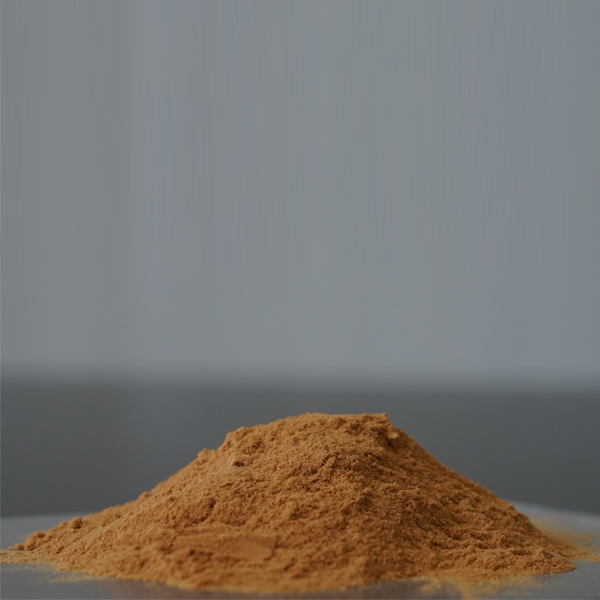
News
Aug . 08, 2024 06:15 Back to list
Understanding the Role of Chelated Micronutrient Fertilizers in Enhancing Plant Growth and Soil Health
Chelated Micronutrient Fertilizers Enhancing Plant Health and Soil Fertility
Micronutrients play a crucial role in plant growth and development, albeit in small quantities, acting as catalysts in various physiological and biochemical processes. Essential micronutrients such as iron, manganese, zinc, and copper are vital for the synthesis of chlorophyll, enzyme activation, and overall plant metabolism. However, these nutrients are often not readily available in the soil due to various factors, including pH levels, soil texture, and competing ions. This is where chelated micronutrient fertilizers come into play, offering an effective solution to nutrient deficiencies in plants.
Chelated micronutrient fertilizers are specialized formulations that enhance the availability and uptake of essential trace elements. The term chelation refers to the process by which a metal ion forms a stable complex with a chelating agent, typically an organic compound. This complexation helps to protect the micronutrients from reacting with soil components that would otherwise render them unavailable to plants. By keeping these nutrients in a soluble and bioavailable form, chelated fertilizers significantly improve nutrient efficiency.
One of the primary advantages of using chelated micronutrient fertilizers is their ability to prevent common nutrient deficiencies. For instance, iron deficiency is prevalent in many crops, leading to chlorosis, which manifests as yellowing leaves and reduced photosynthesis. Chelated iron products, such as iron EDTA or iron EDDHA, allow for quick absorption by the roots and can effectively alleviate iron chlorosis in plants, ensuring healthy growth and yield.
chelated micronutrient fertilizer

Moreover, chelated fertilizers can be applied through various methods, including soil application, foliar sprays, and fertigation. This versatility allows for targeted interventions, enabling farmers to address specific nutrient deficiencies effectively. Foliar application is particularly beneficial, as it allows for rapid nutrient uptake directly through the leaves, providing immediate relief to stressed plants.
Another significant benefit is the extended availability of nutrients over time. Unlike conventional fertilizers, which may release their nutrients quickly and lead to leaching, chelated micronutrient fertilizers provide a more gradual and controlled release. This slow-release mechanism not only reduces the risk of nutrient runoff into water bodies—a major environmental concern—but also ensures that plants have access to micronutrients throughout their growth cycle, promoting sustained health and productivity.
The use of chelated micronutrient fertilizers is not just limited to agriculture; they are also beneficial in horticulture, turf management, and greenhouse operations. In horticultural settings, where aesthetic plant quality is paramount, these fertilizers can enhance color vibrancy and overall plant appearance. Similarly, in turf management, chelated micronutrients contribute to the lushness and resilience of grass, making them an essential component of lawn care.
In conclusion, chelated micronutrient fertilizers represent a pivotal advancement in agricultural technology, addressing the critical issue of micronutrient deficiencies in a safe and effective manner. By improving nutrient availability, enhancing plant health, and promoting sustainable farming practices, these fertilizers are indispensable tools for modern agriculture. As research continues to explore new chelation methods and formulations, the potential for further enhancing plant nutrient use efficiency and crop productivity is immense, paving the way for a more sustainable future in food production.
-
Polyaspartic Acid Salts in Agricultural Fertilizers: A Sustainable Solution
NewsJul.21,2025
-
OEM Chelating Agent Preservative Supplier & Manufacturer High-Quality Customized Solutions
NewsJul.08,2025
-
OEM Potassium Chelating Agent Manufacturer - Custom Potassium Oxalate & Citrate Solutions
NewsJul.08,2025
-
OEM Pentasodium DTPA Chelating Agent Supplier & Manufacturer High Purity & Cost-Effective Solutions
NewsJul.08,2025
-
High-Efficiency Chelated Trace Elements Fertilizer Bulk Supplier & Manufacturer Quotes
NewsJul.07,2025
-
High Quality K Formation for a Chelating Agent – Reliable Manufacturer & Supplier
NewsJul.07,2025
